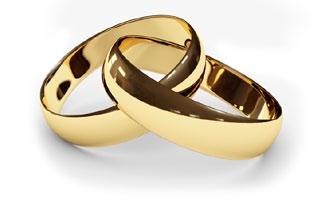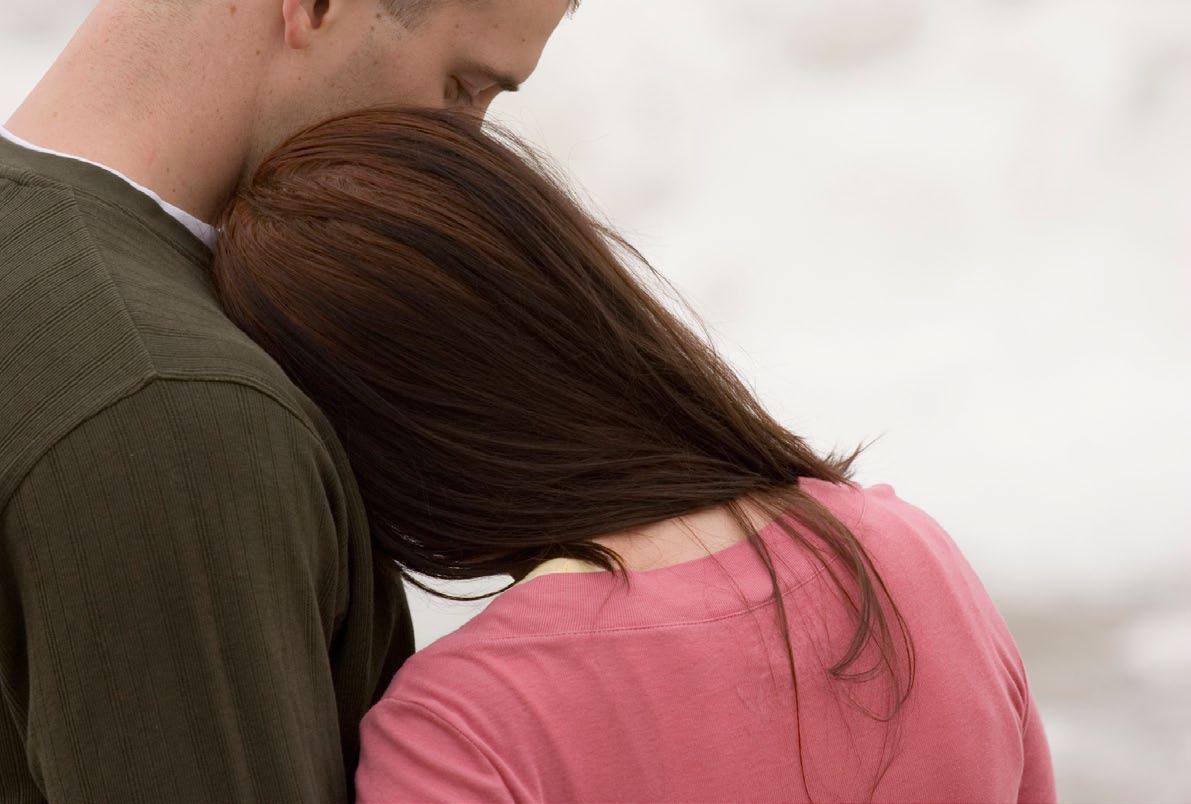
4 minute read
The Table of Duties: Husbands and Wives
By Rev. William M. Cwirla
The Fourth commandment is really a commandment about order and vocation. We all have a place and a purpose, a vocation, a calling. We serve one another as servants of God doing God’s goodness and mercy for others. The Small Catechism’s Table of Duties deals with the various areas of our temporal life together: Home, Church, and State. This is where God places us, blesses us, and through us, blesses others.
Advertisement
We’ve discussed Church and State in previous articles. Now it’s time to focus on the family.
The “home” goes back to our first parents, Adam and Eve, and their children. Home is where we first learn about order and authority. We are born into a home and under the authority of father and mother. Even before we were conceived and born, there was already an order of husband and wife that established a household—what we call “marriage.” When you marry, you are forming a household.

In marriage, a man leaves father and mother and is joined to his bride in a “one flesh” union that reflects that of Christ and His Bride, the Church (see Ephesians 5). A woman leaves her family and is ordered under her husband as the head of her household, just as the Church is ordered under Christ as her Head. In this ordered arrangement of man and woman as husband and wife, each “dies” in order live for the other. He lays down his life for her. She lays down her autonomy to live under him. He gives; she receives.
Someone once characterized marriage as a “hierarchy of equals.” Before God, man and woman are equal in dignity. “Male and female, He created them.” But before each other in marriage, they are ordered in a hierarchy of equals as head to body.
Marriage is a dance. It’s not the kind of dance where everyone moves to his or her own step, but rather ballroom dancing where couples dance together as one. In ballroom dancing, the rule is that the man leads and the woman follows his lead. If she attempts to lead or he tries to follow, the dance won’t look right, and they will wind up stepping on each other’s toes and falling clumsily to the ground. Even if she is the better dancer, he must lead and she must follow, or the whole thing doesn’t work.
“Husbands, love your wives, as Christ loved the church and gave himself up for her, that he might sanctify her, having cleansed her by the washing of water with the word, that he might present the church to himself in splendor, without spot or wrinkle or any such thing, that she might be holy and without blemish” (Ephesians 5:25-27).

In the marriage dance, the husband’s leading is intended to make his wife look good. He covers her sins, forgives her faults, never says anything bad about her. To him, she is pure and holy. That’s how Christ treats the Church, and you, as a member of His Body.
Likewise, the wife’s following honors her husband’s lead. “Wives, be subject to your husbands, as to the Lord. For the husband is the head of the wife as Christ is the head of the church, his body, and is himself its Savior. As the church is subject to Christ, so let wives also be subject in everything to their husbands” (Ephesians 5:22-24). She honors him, respects him, and speaks well of him to others.
To speak of marriage this way sounds a bit out of step. The world doesn’t dance this way very often anymore. Dancing is pretty much an expression of one’s own “individuality” where we wiggle around however the music moves us. We can even dance by ourselves, if we wish, or any way that suits us. But that’s not the graceful dance God invented when He made Eve from Adam and brought her to him as “bone of his bones and flesh of his flesh.” Marriage is never about “me” but always about “him” or “her.”
Viewing marriage as God’s order for the home changes the way we look at potential wives and husbands. Is he honorable? Can I respect him? Do I love her as I love myself? Is she to die for? Can I trust him to be the head of the household? Can I trust her to follow my lead?

Of course, in any dance, toes inevitably get stepped on. Sometimes people trip and fall and even take their partners to the floor with them. Sometimes we might be tempted to stop the dance altogether or take up with a different partner. That’s where forgiveness comes in. Our Christ dance is always done with Adam’s clumsy feet. Husband and wife need to pick each other up, forgive one another, and resume the dance that began when they first said, “I do” to their wedding vows.
That’s possible only with three little words: “I forgive you.” That’s how you keep the dance going even when you don’t feel like dancing anymore, forgiving one another as God in Christ has forgiven you. That’s how some couples who have been dancing for 50 or 60 years keep in step. They forgive each other.
In the resurrection to eternal life, we are neither married nor given in marriage. We get to share eternally in our greater union in Christ. But in this temporal life, there is no greater, more intimate union than the ordered union of man and woman as husband and wife. It is the foundation of the home and the building block of society. It is a celebration of our being made male and female.
Rev. William M. Cwirla is the pastor of Holy Trinity Lutheran Church in Hacienda Heights, California, and serves as on the board of directors for Higher Things. He can be reached at wcwirla@gmail.com.







